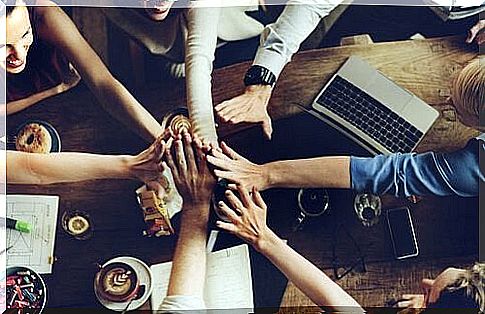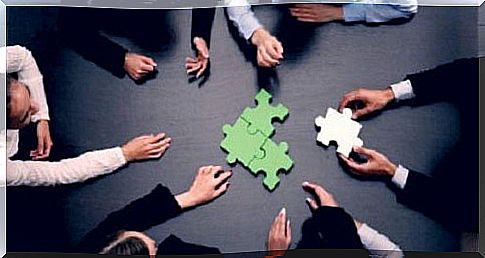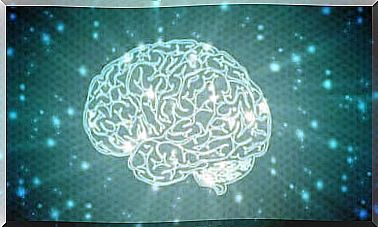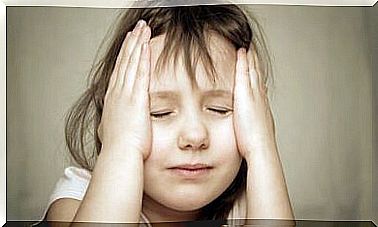Why Do We Have Group Norms?

If you observe different social groups, you will see how they all have their own group norms. It does not matter whether they are formal or informal groups. These norms are part of our social life. We accept the vast majority of these standards as fair and fundamental. However, it is worth asking the following questions. How do groups design these standards? What is the purpose of these norms within the group?
Before answering these questions, we must first define the term “standards”. This is important to understand their origin and function. Homans defined a “norm” as an idea that occupies the minds of the group members. It acts as a reference point when reality is ambiguous. It serves to regulate attitudes and behavior. In addition to the definition, it is also important to understand that there are two types of standards:
- Descriptive Norms: These norms correspond to what the group members do in a given situation. They are the behavioral model that everyone is supposed to follow. These standards serve as a reference point when reality is ambiguous.
- Prescriptive Norms: These group norms tell us what the group members approve or disapprove of. They clarify what someone “should” do and represent the morality of the group. They serve as a regulatory mechanism for attitude and behavior.

The Purpose of Group Norms
We know that all groups make standards. So we can infer from this that norms have some function for group dynamics. Or that they at least have some sort of consequence in the group. Otherwise their existence would be meaningless. These functions can be individual or social. The group norms are individual when the consequences affect the person. When they satisfy the needs of the group socially or between groups, they are social. In most cases, the standard has both functions.
At the individual level, the primary function of the group norms is to serve as a reference point. Thanks to the norms, the individual knows how to interpret and construct reality. That function fits perfectly into certain social-constructivist models. These models argue that we make up reality through a culture of society and through culture. In this process, the groups and the group norms are the active elements.
At the social level, group norms serve the following purpose:
- Controlling and coordinating the interactions and activities of the group members. The standards ensure that these interactions and activities take place in an orderly manner. As a result, groups prevent destruction or deterioration in this way.
- Achieving the group goals. When groups design norms, they also create a uniformity of behavior aimed at the same goal. This greatly helps to improve effectiveness in achieving group goals.
- Maintaining the group identity. This is a set of standards that tell you how to be and how to behave. This will help you differentiate yourself from others. This is part of the origin of the group identity. It will classify you as part of a specific group.

How do groups create norms?
The development of norms is a question that many social psychologists have struggled with. Levine and Moreland’s analysis looks at a myriad of theories and experiments about how groups create norms. Thanks to their analysis, we can say that group norms have two different origins: an internal or an external origin.
These are some factors of internal origin:
- Scenarios or guidelines for members on how to behave in a given situation. The more members share this guideline, the faster the standard is installed.
- Negotiation between members during conflict resolution.
- Imitating the patterns of another member. It then continues in the rest of the group.
- self-ranking. This is when a norm occurs thanks to the information available in the group identity.
The most common and noteworthy factor regarding the external origin is when an institution or a leader imposes a standard. So these norms often come from outside the group or from an individual member of the group. As a result, the rest of the group is much more likely to reject that norm than if it had had an internal origin. However, it largely depends on the agreement and compatibility with the goals of the group.
The influence of group norms
Group norms are part of our daily lives. They affect everything from how we do our jobs to how we dress for a party. Their influence is noticeable in our behavior and usually in an implicit and unconscious way. For this reason, it is important that we understand the group norms and their function. That will help us to look at them with a critical eye and prevent them from going against our morals or against our personal identity.









